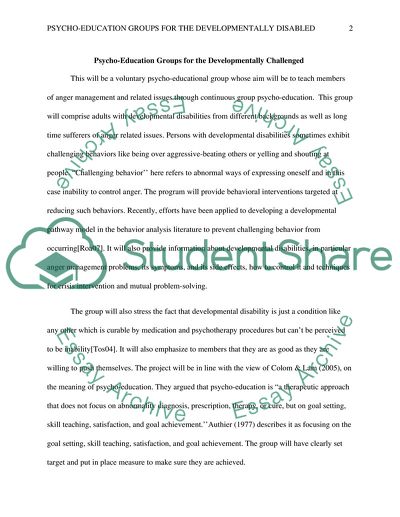Cite this document
(“Group proposal Coursework Example | Topics and Well Written Essays - 1750 words”, n.d.)
Group proposal Coursework Example | Topics and Well Written Essays - 1750 words. Retrieved from https://studentshare.org/sociology/1681410-group-proposal
Group proposal Coursework Example | Topics and Well Written Essays - 1750 words. Retrieved from https://studentshare.org/sociology/1681410-group-proposal
(Group Proposal Coursework Example | Topics and Well Written Essays - 1750 Words)
Group Proposal Coursework Example | Topics and Well Written Essays - 1750 Words. https://studentshare.org/sociology/1681410-group-proposal.
Group Proposal Coursework Example | Topics and Well Written Essays - 1750 Words. https://studentshare.org/sociology/1681410-group-proposal.
“Group Proposal Coursework Example | Topics and Well Written Essays - 1750 Words”, n.d. https://studentshare.org/sociology/1681410-group-proposal.


